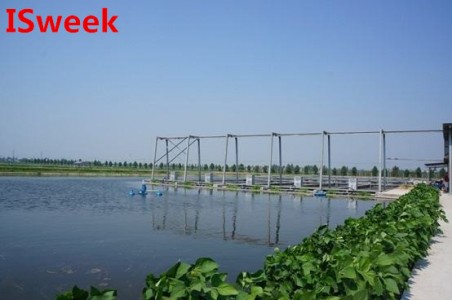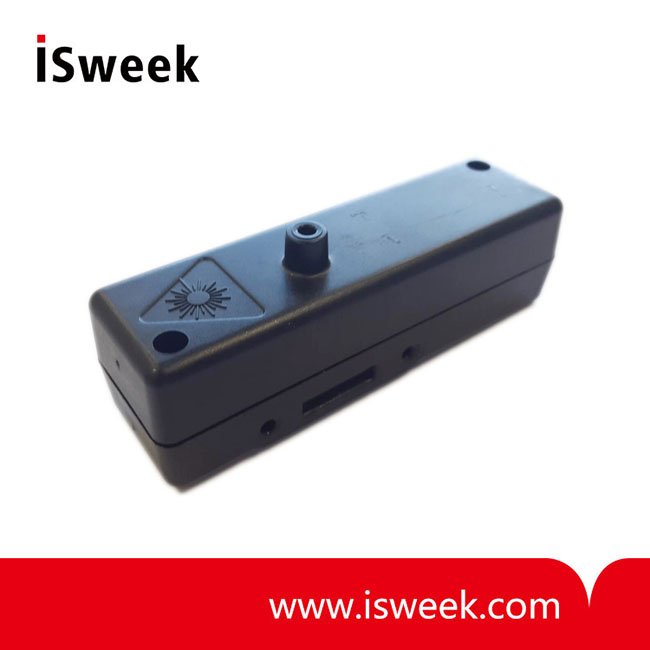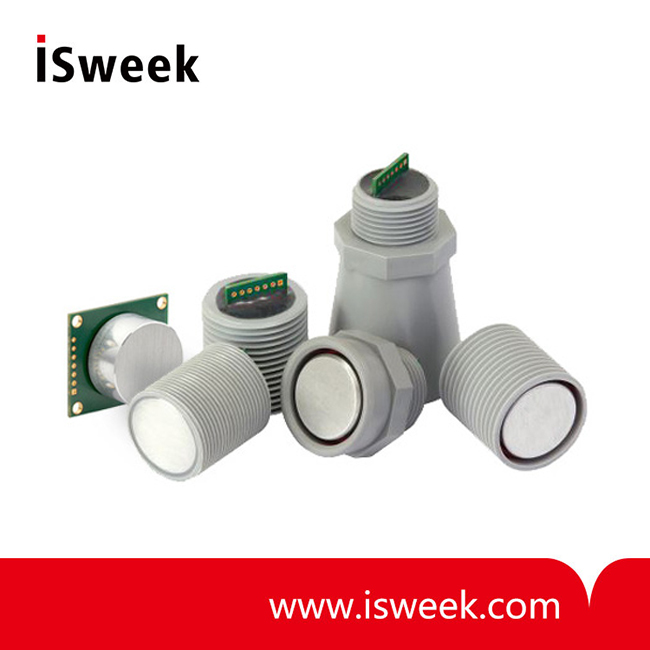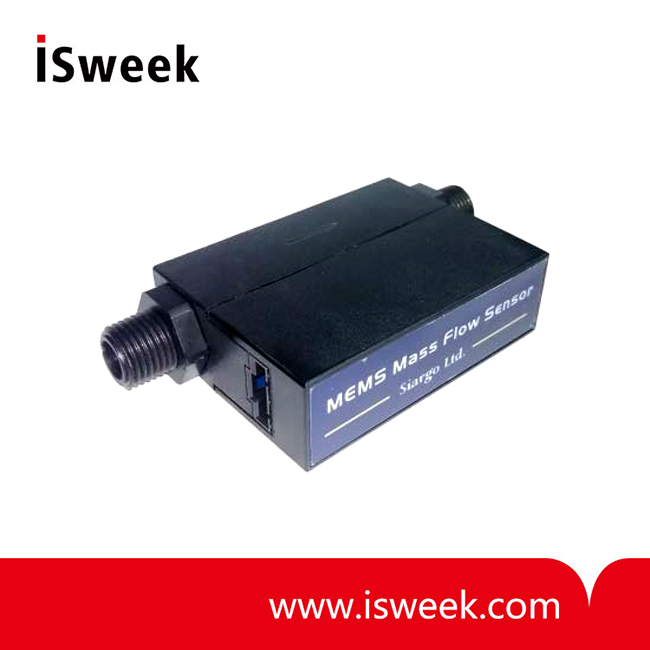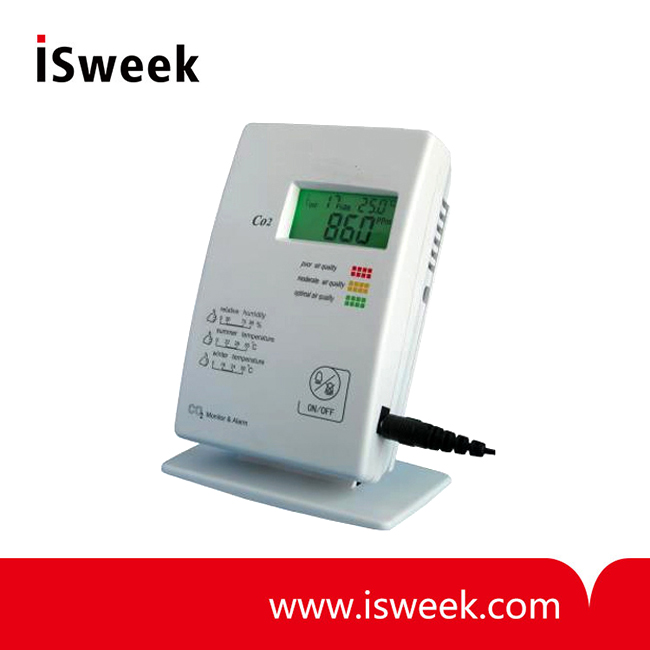According to the relationship between microorganisms and oxygen, microorganisms can be roughly divided into two categories: aerobic microorganisms (aerobes) and anaerobic microorganisms (anaerobe), however they can be further divided into five categories:
- Strict aerobes: this type of microorganism can only live in an environment where the O2 concentration is relatively higher. Most fungus, bacteria and actinomycetes are strict aerobes.
- Facultative anaerobes: Such microorganisms not only can live in aerobic condition, but also under anaerobic environment, so sometimes it is also called facultative aerobes. Many types of yeast are facultative anaerobes.
- Microaerobes: This type of microorganism can only live under the environment where the oxygen pressure is very low, such as vibrio cholera.
- Aerotolerant anaerobes: Such microorganism can live an anaerobic life in a fermentative way under the environment where oxygen molecules exist. Generally, their growth needs no oxygen, but oxygen does no harm to them. Lactobacillus is usually regarded as aerotolerant anaerobes.
- Anaerobes: generally it can be divided into common aerobes and strict aerobes. Such microorganism would be inhibited to lose liveness or even to death even if they are exposed to oxygen molecules for a short time. The energies they need to support their life activities are provided by yeast and anaerobic respiration. Well-known anaerobes include befidobacterium.
Water is an important component for aquaculture; it is also the living environment for the farmed fishes. As we all know, dissolved oxygen plays a significant role in the production and breeding of fishes, shrimps etc, thus having a good knowledge of the change law of dissolved oxygen in the pond when farming fishes will help you to take efficient controlling measures, making sure the water quality is in a good condition. To improve the technology level of fish farming, based on the change law of dissolved oxygen in the pond, the writer hereby propose the following constructive measures.
As a factor of water quality in the pond, dissolved oxygen not only affects the growth and development, feeding and absorption, and life activities of the farmed fishes, but also influences the degradation of organic pollutants and toxic substances (such as ammonia nitrogen, nitrite, sulfide nitrogen). The change of dissolved oxygen in still-watered pond depends on the extent of photosynthesis and biochemical oxygen demand. Due to the influences of wind direction, wind strength and heat transfer resistance (thermocline), the dissolved oxygen in the pond shows the characteristic of inhomogeneity in terms of horizontal and vertical distributions.
The very famous online sensor store in China – Isweek has introduced dissolved oxygen sensor – KDS-25B from Japanese brand Figaro. As a unique galvanic cell sensor, KDS-25B is designed for water quality control. The most prominent benefit of the sensor is long life and being not affected by CO2. The sensor applies acidic electrolyte, with its cathode using inert metal gold and anode lead. Oxygen diffuses through the fluororesin to join the redox chemical reaction, forming a kind of oxygen lead storage battery, and then the inner resistance converts the current produced by the redox into voltage output. The current produced is proportional to the concentration of dissolved oxygen, or rather, to the partial pressure of oxygen (the higher the dissolved oxygen, the more the oxygen molecules that enter through the fluororesin membrane). KDS-25B is ideal for environment monitoring and water quality control.
Dissolved oxygen sensor KDS-25B is widely used in aquaculture, environment monitoring, water source monitoring, sewage water treatment and water quality &pollution investigation in teaching and research field. With its stable performance and excellent performance, KDS-25B is highly appreciated and favored by users around the globe.



